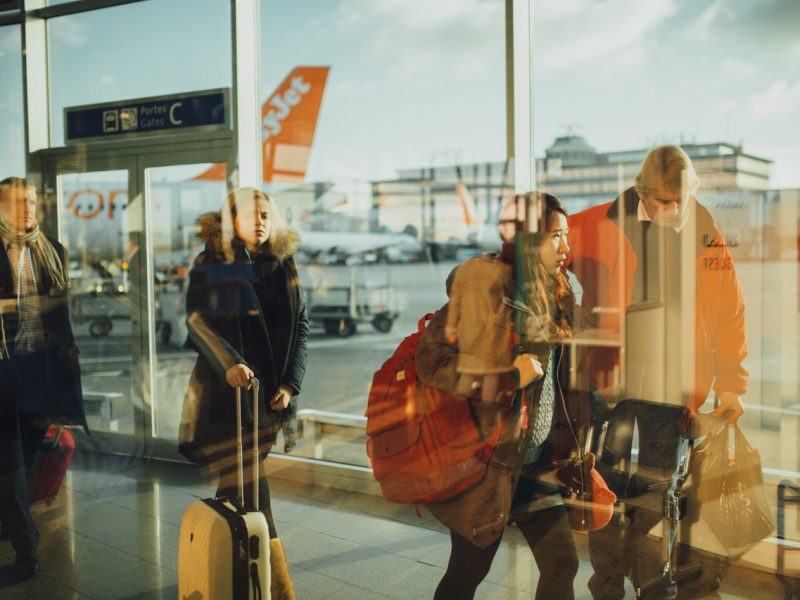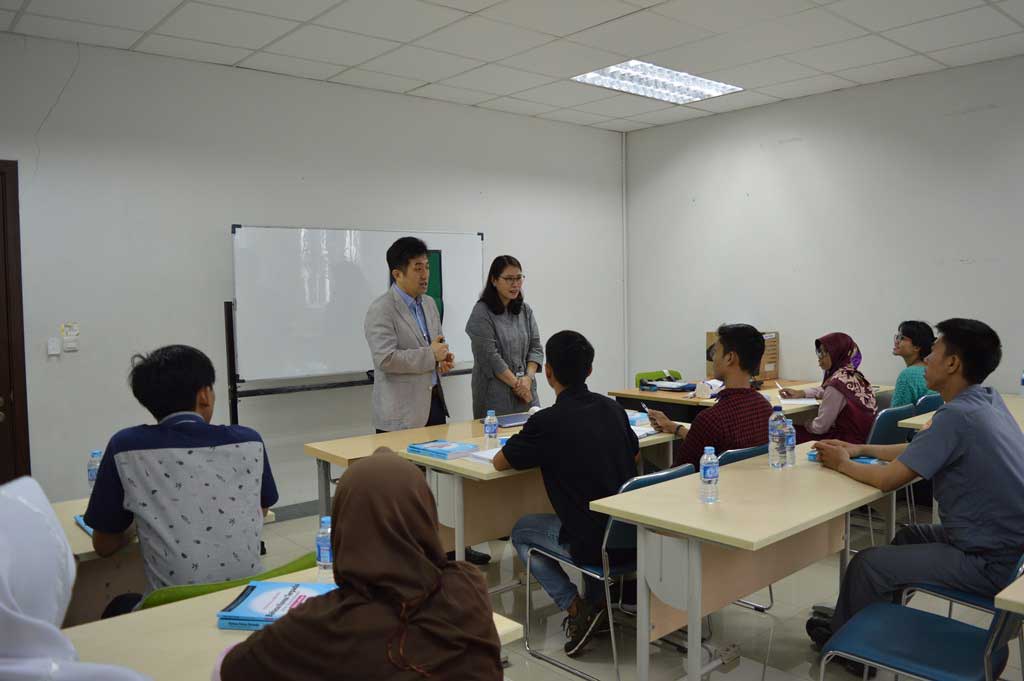By: Ivan Christianto – PR Consultant of Fortune PR
As the new CEO, Peter Bellew is on his way to bring Malaysia Airlines (MAS) back to the clouds from one of the worse aviation nightmares after it lost two passenger jets with hundreds of people on board in 2014. What can we learn from MAS’ attempt to overcome the aftermath?
Throughout the years, MAS has experienced rises and falls. According to a case study from University of Amsterdam[1], during the 1950s to late 1990s MAS’ business expanded rapidly by receiving technical assistance from British Commonwealth Airlines, joining IATA, and extending their domestics and international routes. It was a good year for them that time.
But then came their first fall in early 2000 due to a financial crisis. The loss reached approximately RM 800 million making them cut out several unprofitable flight routes. The company managed to recover in 2004 but faced another crisis in 2005 due to escalating fuel costs and poor management. Afterward, a new CEO was appointed to develop changes in operations and corporate culture. MAS had to struggle again in 2011 because of rising fuel costs and mismanagement issues. They chose another CEO and managed to improve their performance in 2013 by executing a route rationalization program and investing in search engine marketing strategy.
But on 2014, flight MH370 from Kuala Lumpur to Beijing disappeared with 239 passengers and crew. Debris found in the Indian Ocean has confirmed the plane went down but what happened remains a mystery. Four months after that incident, flight MH17 heading to Kuala Lumpur from Amsterdam was shot down over Ukrainian territory, killing all 298 passengers and crew. MAS got delisted and Khazanah took it private in 2014, as part of RM 6 billion or US$ 1.5 billion plan to help it return to profit.
The devastating MH370 and MH17 disasters caused bankruptcy as MAS’ flight bookings dried up. They even had to cut 6000 employees. The disasters ruined MAS’ reputation. Therefore, saving or repairing the reputation is the most important priority for the company and it requires an appropriate crisis management. It is interesting to analyze the efforts made to save their business and recover their reputation.
Entering a New Market to Save Business
Bellew, MAS’ third CEO in less than three years recently told Fortune[2] that this has been the toughest job in aviation, and no one disagreed with him. Until today, MAS has not yet made a comeback. In travel and ticket booking apps, we can observe that the price of MAS tickets is still the cheapest compared to other airlines. This shows that they are still struggling in the regular commercial aviation market.
As an attempt to save the business and rejuvenate the company, Bellew now cut back on costs and added 11 new routes to boost demands from international customers. He hires more staff and made a better working environment for all the employees. Under Bellew, the company continues to make a settlement with families of victims of the two previous incidents.
But the major attempt made under Bellew that we can highlight is the plan to break into a new market. Starting next year, as stated in CNN[3], six of MAS’s A380 superjumbo jets will be retired from normal service and offered for charter by groups undertaking the Hajj and Umrah pilgrimages to Mecca in Saudi Arabia. The planes will be overhauled to carry as many as 715 passengers, with a business class section, prayer areas, and washing zones for feet and hands. MAS also involved the press in highlighting and buzzing about their comeback effort to the industry.
Consider Bellew’s attempt to break into a new market and switching business focus as a right move. MAS realized that the only way to save the business is to leave the large market of commercial flights and move to a more narrower market for pilgrimages. Why consider this as the right move? Because the company still needed money to run their business and fix their damaged reputation. In doing so, breaking into a new market is an optimal strategy to make income.
The journey is still a long way to go until MAS can compete in the regular commercial aviation market again. For the next step, the challenge lies on how to build customers’ trust in their brand so that people will want to start flying with MAS, even after the incident. In the world where reputation is number one for businesses, we learned that MAS’ crisis management is one of the hardest PR comebacks in years.
[1] www.adaptivecycle.nl/images/Mini_case_study_MAS.pdf
[2] http://fortune.com/2017/01/23/malaysia-airlines-mh370-ceo-peter-bellew/
[3] http://money.cnn.com/2017/04/23/investing/malaysia-airlines-ceo-peter-bellew-transformation/










Leave a Reply